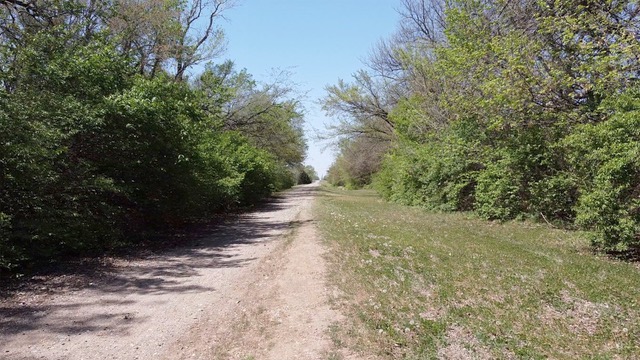With some 6,000 ghost towns in Kansas to choose from, it’s no wonder that the makers of a 2022 documentary on the state’s faded villages and towns have now produced a second episode.
“Kansas Ghost Towns, Part 2,” will air on PBS Kansas at 7 p.m. Aug. 17 and again at the same time on Sept. 5.
Chris Frank, the videographer, primary editor and host, said the programs grew out of his fascination with how pioneers settled the state, often establishing towns with the hope that they would grow into large cities.
“The question remains — why do some towns thrive, prosper, increase in size and seem to go on forever, while others fade away and die to become ghost towns?” Frank asked.
The 6,000 number comes from the Kansas Historical Society and includes towns that existed on paper only, never advancing beyond an announcement and perhaps a groundbreaking. At the other end of the spectrum are towns that were settled.
There are several scenarios common to ghost towns, Frank said. Some failed in their bid to become a county seat. Others were bypassed by the railroad or their main source of employment closed.
Some ghost towns still exist, but drastically reduced in size. Examples include Waterloo in Kingman County and Hunnewell and Rome in Sumner County,. Others have disappeared altogether, including the first Park City, which was located five miles west of present-day Valley Center in Sedgwick County.
The original Park City is mainly known for its bitter, unsuccessful battle with Wichita to become the Sedgwick County seat.
In researching the documentaries, Frank discovered that most people who live in or have connections to ghost towns know little about those places’ history. He felt fortunate to interview “the last remaining expert” on the original Park City — Sandra Wiechert, formerly Sandra Swanson of Wichita, who wrote her master’s thesis at Kansas State University in 1965 on it: “Park City: How It Lived and Why It Died.” They visited a building that had been moved from Park City to Sedgwick to become that town’s museum.
Part Two tells how citizens of one Kansas town picked up and moved the whole town, houses and stores, two miles away to avoid paying bond holders. It worked. Ulysses survives to this day and is the Grant County seat. And it features some former towns along the Kansas-Oklahoma border that boomed in the years leading up to the opening of the Cherokee Outlet in Oklahoma Territory before fading away following the famous land rush.
Altogher, Frank visited 16 ghost towns for the documentary. Mike Oliver handled post production editing and directing.









